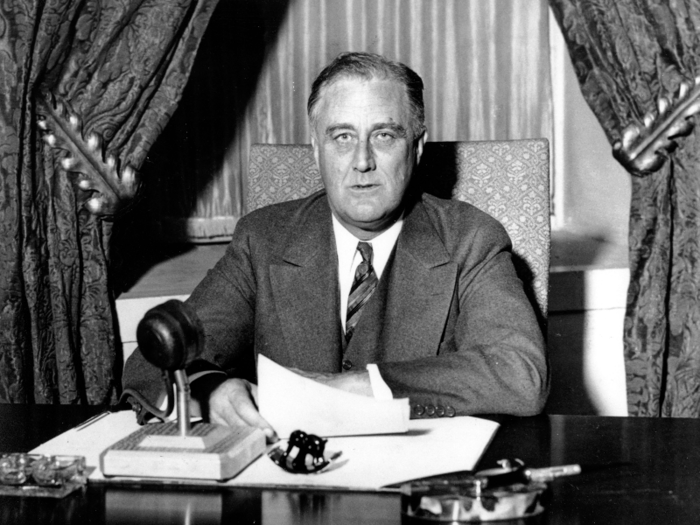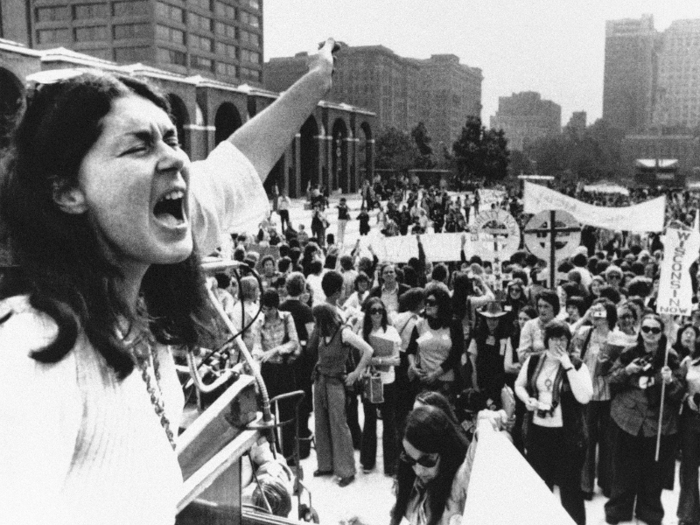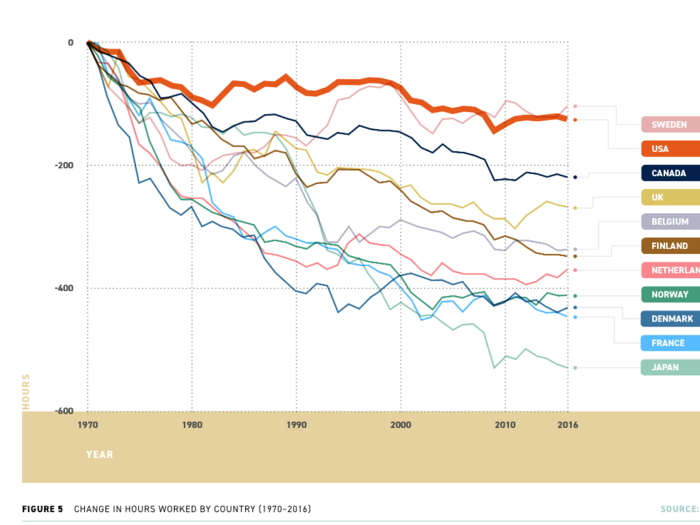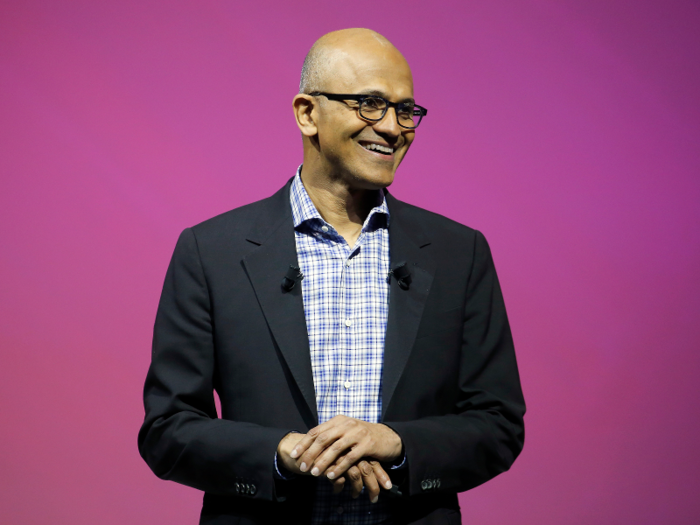People have toyed with the idea of a 4-day workweek for over 80 years. Here's how the concept has evolved, from the Great Depression to Microsoft's latest successful experiment
In the 1920s and 1930s, entrepreneurs like Henry Ford found that decreasing workweeks from 60-plus hours to 40 could actually increase productivity, according to Wharton professor Adam Grant.
Popular Right Now
Popular Keywords
Advertisement














